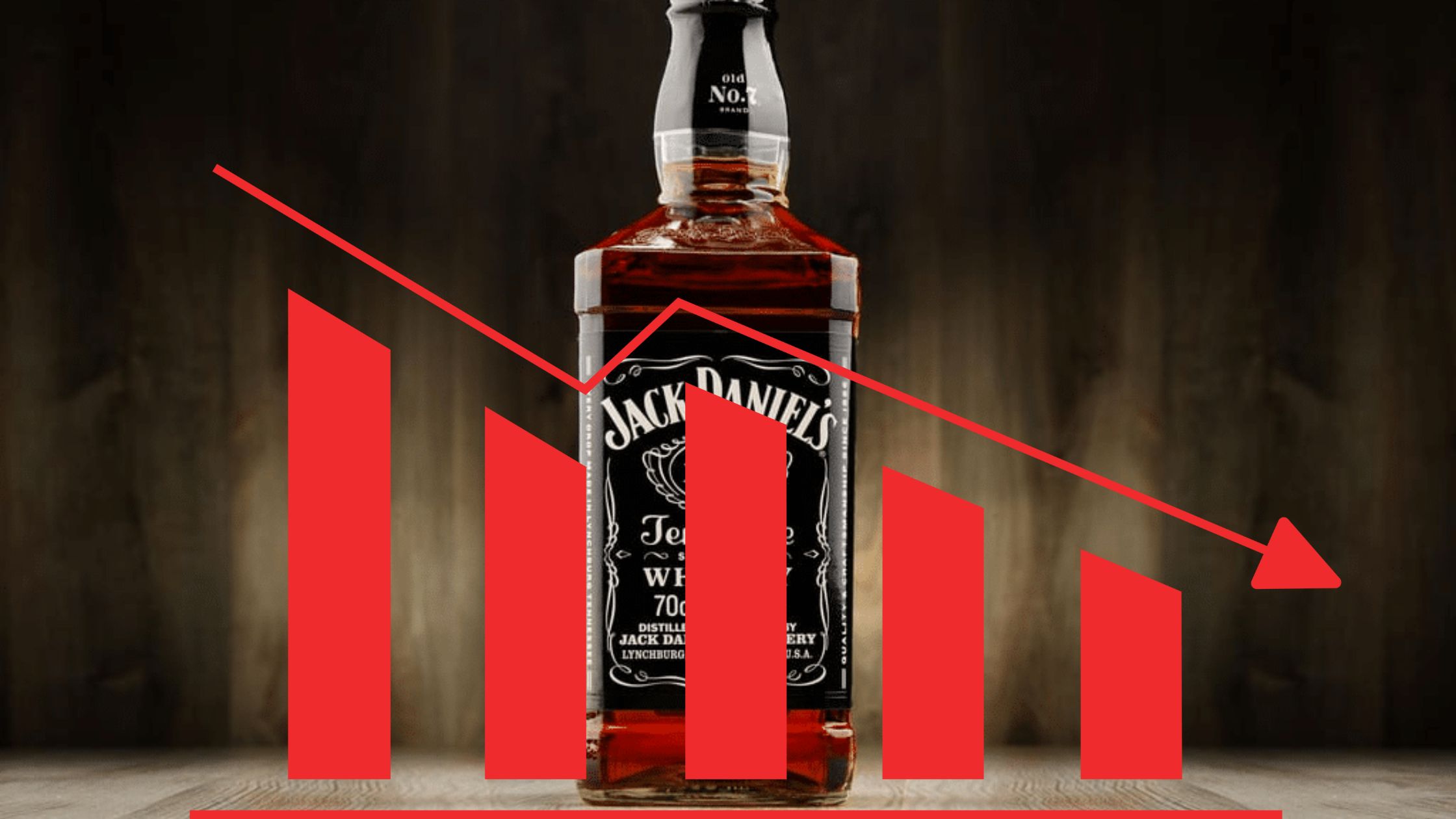Best Liquor Under ₹10,000 for a Perfect New Year 2026 Party
2025-12-05


In an effort to disrupt India's premium alcohol business, the India-United Kingdom Free Trade Agreement (FTA) made on July 24 reduced import tariffs on Scotch whisky from 150% to 75%. The FTA set out a path toward an eventual reduction to 40%, in the next decade, which gives hope that Scotch whisky pricing and availability will become more accessible in India.
“India is a priority growth market,” said the Scotch Whisky Association (SWA) in a statement. The industry has long lobbied for duty cuts, citing huge untapped demand in India - the world’s largest whisky consumer by volume.
For years, Scotch whisky in India has been beyond the reach of many due to high tariffs and further local taxes. A 750ml bottle of entry level single malt - Glenlivet 12 or Talisker 10, for example - will typically be priced between ₹8,000-₹10,000.
The new FTA reduces the customs duty to 75%, which could mean the prices will come down to ₹5,000-₹6,000. If fully rolled out over the next decade, prices could go down to ₹3,800-₹4,500 (depending on state taxes).
| Year | Import Duty | Price of a ₹3,500 Bottle (Scotland) After Duty |
| 2024 | 150% | ₹8,000–₹9,000 |
| 2025 | 75% | ₹8,000–₹9,000 |
Types of Scotch:
| Category | Description |
| Single Malt | 100% malted barley from a single distillery |
| Single Malt | Includes other grains, but single distillery |
| Blended Scotch | Mix of single malt and grain from various distilleries |
Unlike most Indian Made Foreign Liquor (IMFL) — which often uses molasses-derived neutral alcohol — Scotch is grain-based, aged, and globally certified.
Scotch whisky is not only a drink for the UK, it’s also a £5.6 billion export market, with India providing significant growth opportunities.
The SWA has consistently pointed to India's tariffs of 150% as one of the highest in the world, and claimed that the market potential is currently stifled.
The new FTA provides:
Nonetheless, indigenous Indian whisky brands - Blenders Pride, Royal Stag, and Antiquity, to name a few - may face the need to push innovation and upgrades more positively.
At the same time, smaller homegrown single malts, like Amrut, Paul John, and Indri-Trini, may gain international traction purely by being part of a whisky conversation of sorts as grain quality and age statements become more prominent.
Read also: 7 Types of Whiskey by Region — And the Iconic Brands Behind Them
Even with a reduced base import duty, the final shelf price depends heavily on state-level taxes such as:
This means that Scotch whisky might still be out of reach in certain regions despite the tariff drop.
There’s also potential for Scotch producers to collaborate with Indian distillers, offering technical know-how and expanding the overall whisky ecosystem.
By doing this, this trade deal brings Scotch whisky a step closer to giving millions of Indian drinkers access to Scotch whisky - not just as elitist symbolism, but have a practical, affordable upgrade to typical IMFL product. Local challenges remain, such as state taxes, but a cheaper peg may soon be there.
Read also: Top 8 Best Single Malt Scotch Brands for Every Budget